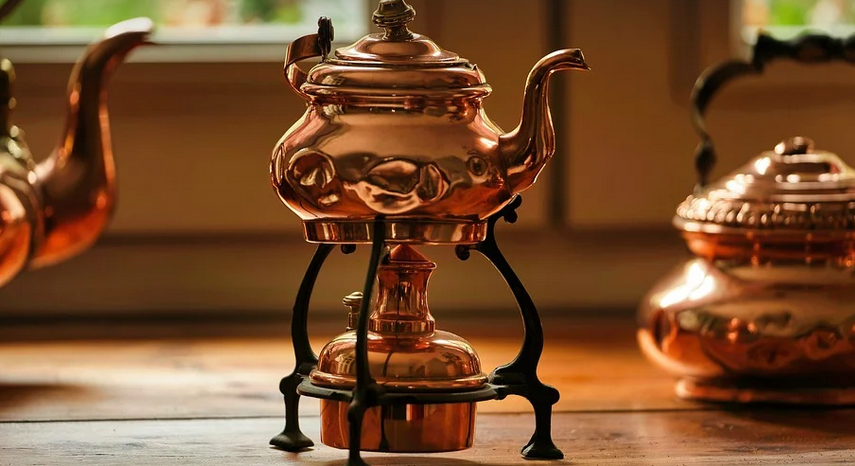The Allure of Natural Materials
There’s a certain magic to working with natural materials. For knife enthusiasts, the allure of ram horn scales is undeniable. These exquisite pieces offer a unique blend of beauty and functionality that sets them apart from traditional handle materials. From their elegant curves and vibrant colors to the distinct texture they provide to a blade, ram horn scales are a statement piece for any knife collector or user.
Understanding Ram Horns
Ram horns, those iconic spiral masterpieces of nature, offer a remarkable gift when it comes to crafting beautiful knife handles. These thick, sturdy structures are often harvested ethically, ensuring that these horns don’t impede the natural life cycle of the creature and only contribute to their continued survival.
Unlike most other horn materials, ram horn scales offer a truly unique aesthetic appeal. The intricate patterns woven into each individual horn add an element of artistry and individuality that transcends even the finest hand-tooled wood handles. These horns often exhibit a vibrant array of colors, ranging from rich browns to dramatic reds and blacks.
Ram horns are not just visually appealing; their natural structure also lends itself perfectly to knifemaking. The horn’s strength, coupled with its inherent flexibility, makes it ideal for crafting durable handles that can withstand the rigors of everyday use. The unique properties of ram horn allow them to be shaped and polished to create a handle that fits the hand like a glove.
A Look at the Benefits
The use of ram horn scales in knifemaking offers several unique benefits:
- **Durability:** Ram horns are known for their exceptional strength and durability. They can withstand significant wear and tear, making them a perfect choice for knives that will see frequent use.
- **Lightweight Design:** Despite their strength, ram horn scales are surprisingly lightweight. This makes them comfortable to hold, even for extended periods of time.
- **Unique Aesthetics:** Ram horns offer a unique and highly personal aesthetic appeal. Each handle is truly one-of-a-kind, showcasing the beauty of nature’s artistry.
The benefits of using ram horn scales extend beyond just functionality to offer deeper satisfaction for knife enthusiasts. These handles tell stories of craftsmanship, respect for nature, and a sense of connection that transcends mere use.
Crafting with Ram Horn
The process of crafting a knife with ram horn scales is as intricate as the horns themselves. It involves skilled artisans who understand the nuances of working with this unique material.
First, the horn is carefully selected to ensure its beauty and strength. The selection process often includes checking for any damage or imperfections, and ensuring that the horn is free from internal knots or cracks.
The horns are meticulously prepared by removing the outer layer of skin (usually with a saw) and then sanding down to smooth the surface. The horn’s natural grain pattern is preserved as it becomes more accessible through this process.
Next, knifemakers use specialized tools to shape, carve, and polish the horn into the desired form. They also carefully select the appropriate materials for bolsters and liners based on the overall design of the blade.
The final step is often adding a touch of personal flair with decorative elements like engravings or inlays. This can enhance the knife’s aesthetic appeal and personalize it to the owner’s tastes.
A Touch of History
Ram horn scales have been used for centuries, especially in traditional crafts. Their use dates back to ancient civilizations who were deeply connected with nature, utilizing its bounty for their tools and weapons. The history these handles tell is as rich and diverse as the horn themselves.
These horns have played a significant role in various cultures around the world, and they continue to inspire modern knife makers today who seek to preserve the legacy of these remarkable materials.
A Lasting Legacy
Ram horn scales are more than just handles; they are an embodiment of craftsmanship, nature’s artistry, and a deep sense of connection with our world. Their use in knives is not only about functionality but also about appreciating the beauty and resilience of nature.


